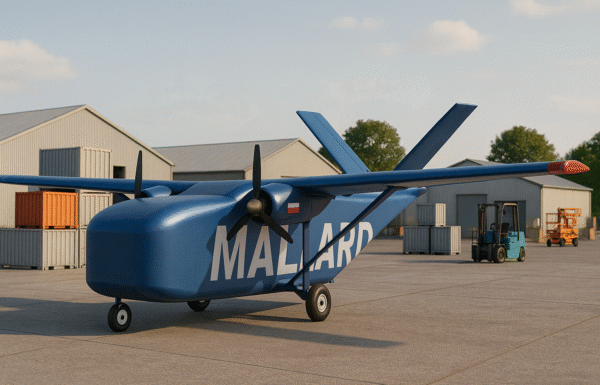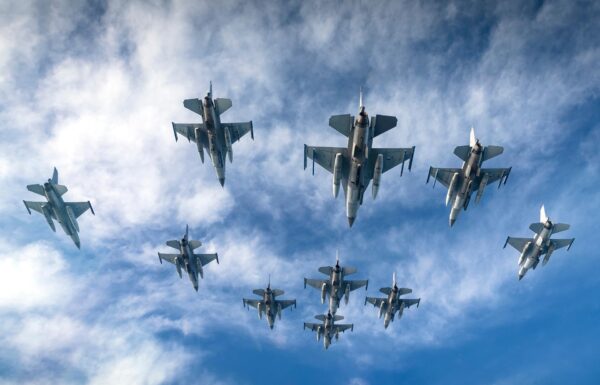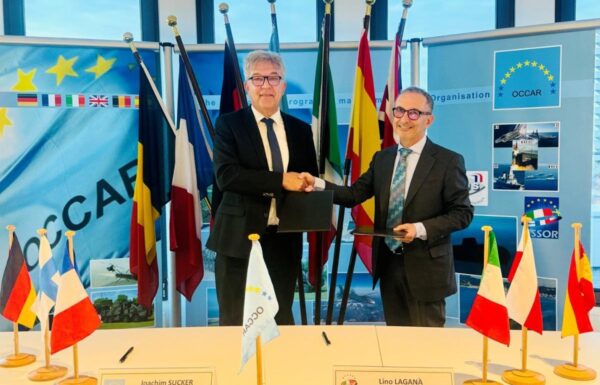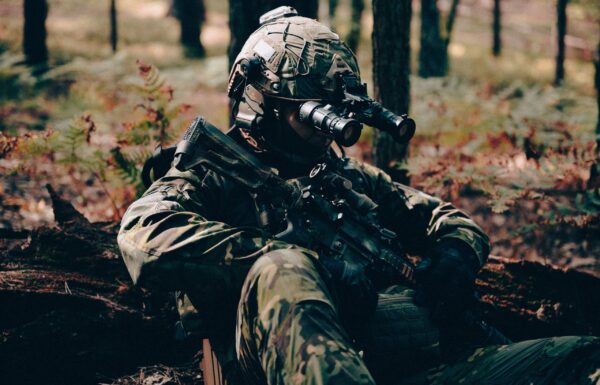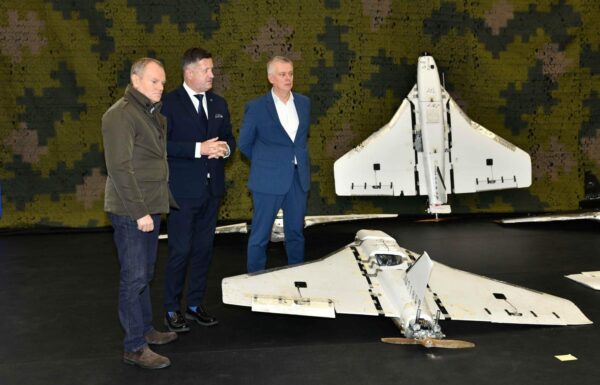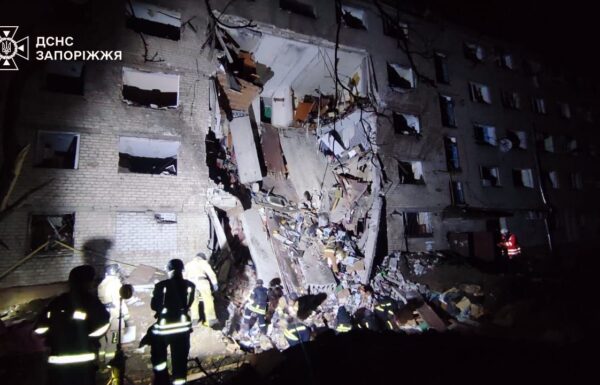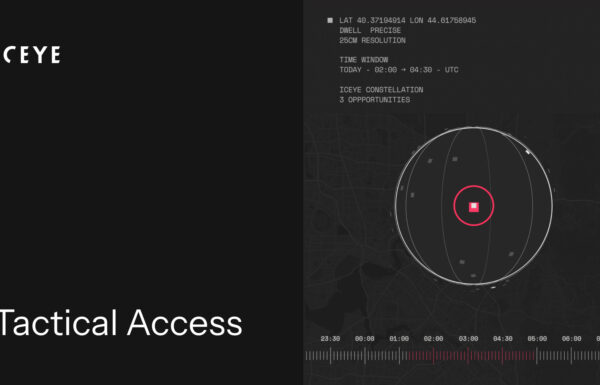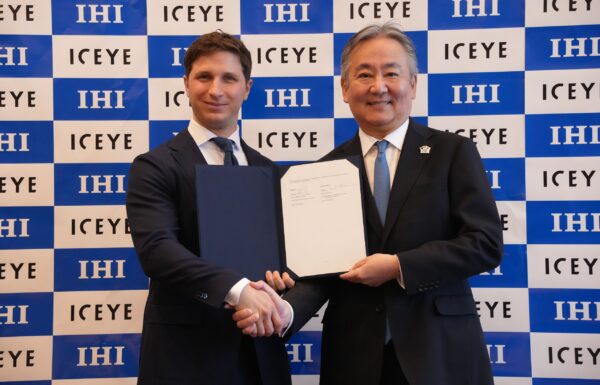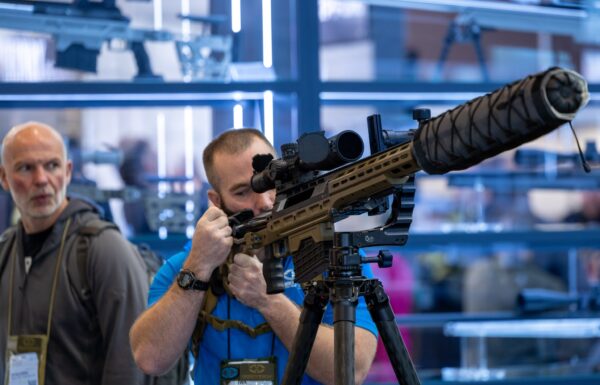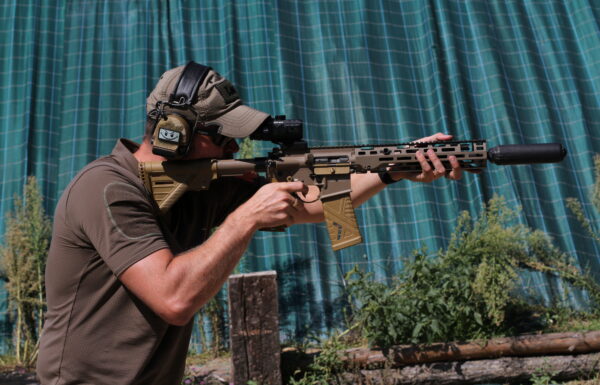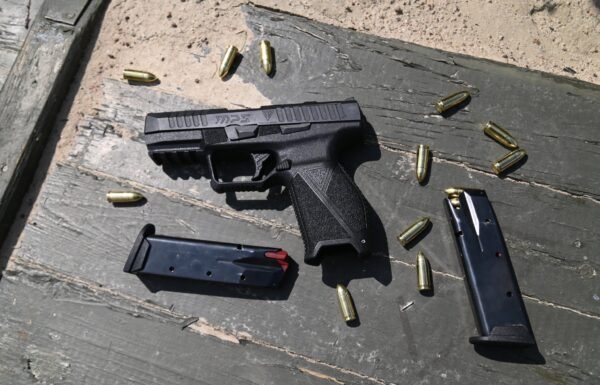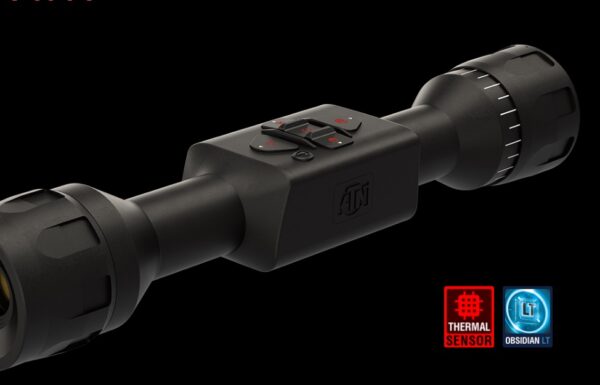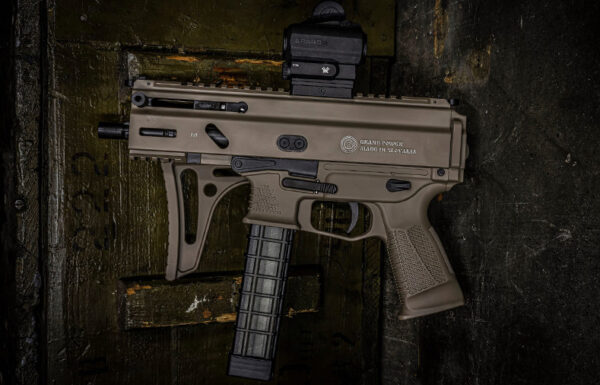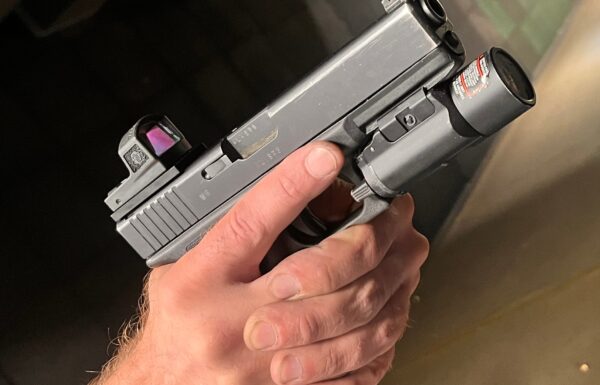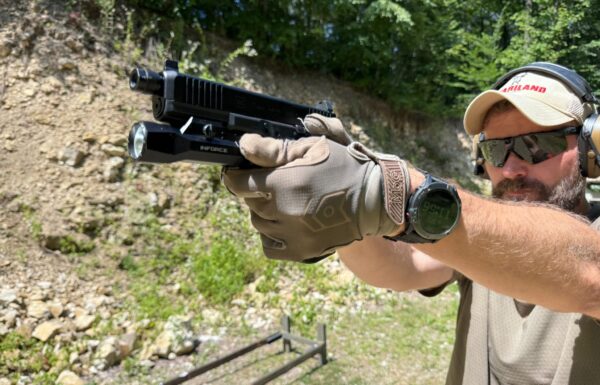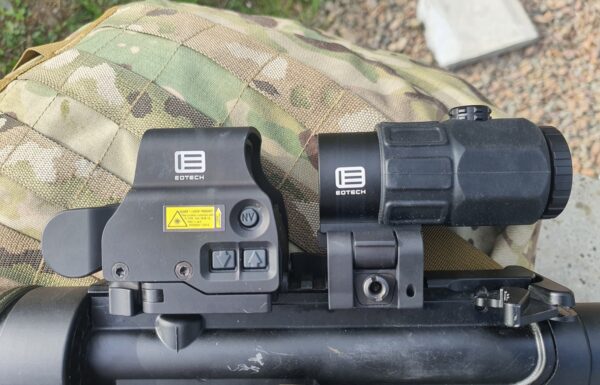On Thursday, April 10, 2025, the Swedish government submitted a budget proposal to the parliament (Riksdag) (Vårändringsbudget för 2025, prop. 2024/25:99), which includes, among other things, the proposed sale of Saab S 106 GlobalEye early warning and control aircraft to Denmark and multirole JAS 39E/F Gripen fighters to Peru.
 Photos: Saab Defence and Security
Photos: Saab Defence and Security
S 106 GlobalEye
The first proposal involves concluding an intergovernmental agreement with the Kingdom of Denmark for the sale of up to four S 106 GlobalEye aircraft and related auxiliary equipment.
The justification states that Sweden maintains long-term defense cooperation with Denmark—bilaterally, at the regional Nordic level, and more recently within NATO. Denmark needs to expand its airborne radar reconnaissance capabilities in the form of S 106 GlobalEye early warning and control aircraft.
It is worth recalling that on January 12 of this year, the Finnish newspaper Iltalehti published an extensive interview with Sweden’s Minister of Defense, Pål Jonson, regarding national security issues following Finland and Sweden’s accession to NATO, in the context of potential Russian aggression and joint defense projects. During the interview, Jonson stated that the governments of Finland and Denmark are interested in acquiring GlobalEye aircraft (especially since Finland had previously been offered them). He revealed that negotiations with Copenhagen have been ongoing the longest. He added that he expects both Finland and Denmark to decide to join the procurement program for these aircraft.
On March 24, 2023, the air force commanders of Norway, Sweden, Denmark, and Finland signed a letter of intent titled Nordic Air Commanders Intent, aimed at establishing a joint Nordic air force. A joint purchase and subsequent operation of aircraft of the same type would align with these plans.
So far, GlobalEye aircraft—besides Sweden (3 out of 4 ordered)—were initially selected by the United Arab Emirates (five ordered aircraft have been delivered). France and Poland have also expressed interest in the aircraft (the latter only in the distant future, as a potential successor to the two second-hand Saab 340B AEW-300 aircraft introduced in 2024). The aircraft were also unsuccessfully offered to the North Atlantic Alliance under the Alliance Future Surveillance and Control (AFSC) program. Currently, they are being offered to South Korea (which may alternatively purchase additional Boeing E-737 Peace Eye aircraft). Canada and Greece have also shown interest in acquiring command and control aircraft.
The GlobalEye is built on the airframe of the Bombardier Global 6000, a civilian business jet. It is capable of flying nonstop for 11 hours. It carries a suite of sensors, including the new Erieye ER (Extended Range) radar, operating in the X-band. The radar can detect and track ground moving targets (including those with reduced radar signatures), aircraft, cruise missiles, and submarine periscopes at distances up to 450 km. The Erieye ER can operate even under active jamming conditions.
Other onboard systems (as configured in the base version for the UAE) include the Leonardo/Selex ES Seaspray 7500E radar for maritime and land surveillance, equipped with a GMTI (Ground Moving Target Indication) mode, a FLIR Systems Star Safire 380HD electro-optical turret, an IFF (Identification Friend or Foe) system, ADS-B transponder, self-defense system, AIS (Automatic Identification System), data links (including satellite links), ESM (Electronic Support Measures) equipment, and an ELINT system for detecting and identifying radio emission sources.
JAS 39E/F Gripen
In the second proposal, the government presented a plan to sell a package of 12 JAS 39 E/F Gripen multirole aircraft along with related air-launched weaponry to the Republic of Peru. According to the justification, the government in Lima is considering the purchase of new combat aircraft, with Sweden’s next-generation Gripen listed among the potential platforms.
The Peruvian Air Force (Fuerza Aérea del Perú, FAP) has for years planned to modernize its fleet to replace aging aircraft and enhance operational capabilities in the face of regional challenges, such as border disputes with Chile and Bolivia. In October 2024, Peru’s Minister of Defense, Walter Enrique Astudillo Chávez, publicly confirmed plans to acquire up to 24 new multirole aircraft to replace the aging MiG-29 fleet (8 upgraded MiG-29SMT/UBP) and Mirage 2000P/DP (10 P variants and 2 DP variants).
The Gripen E/F is one of three platforms shortlisted, alongside the Lockheed Martin F-16C/D Block 70 and the Dassault Rafale F4 (with the Eurofighter Typhoon and KF-21 Boramae included in the broader list). To finance the aircraft acquisition, the ministry has submitted a loan request for 7.58 billion PEN to the National Bank of Peru (Banco de la Nación). The financing would cover the first phase of the program, including the purchase of 12 aircraft, which corresponds to the proposed Swedish intergovernmental sale. The total program value is estimated at 13 billion PEN.
The program includes the purchase of aircraft, weaponry, a spare parts package, and support services such as training for flight and ground personnel. Technology transfer and the involvement of the local industry—for example, SEMAN (Servicio de Mantenimiento)—are key requirements.
Interestingly, earlier this month, neighboring Colombia announced the likely purchase of 16 Gripen E/F aircraft.
Currently, the JAS 39E/F Gripen is a frontrunner in the tender in the Philippines (alongside the F-16C/D Block 70/72), and a deal is expected to be signed soon with Thailand for up to 12 aircraft. Previously, Sweden decided to purchase the aircraft (60 JAS 39E ordered + 10 more as an option; the first three have been delivered), as well as the aforementioned Brazil (36 JAS 39E/F ordered, designated F-39E/F, with partial local production—8 have been delivered so far, and the purchase of 8 more is planned as part of an option for up to 72).
Previously, the latest Gripens were unsuccessfully offered on several other international markets, including Canada, Finland, Indonesia, Denmark, the Netherlands, Norway, Poland, and Switzerland. It is possible that the topic may resurface in Canada, due to political implications related to the purchase of 88 F-35A Lightning II aircraft.



